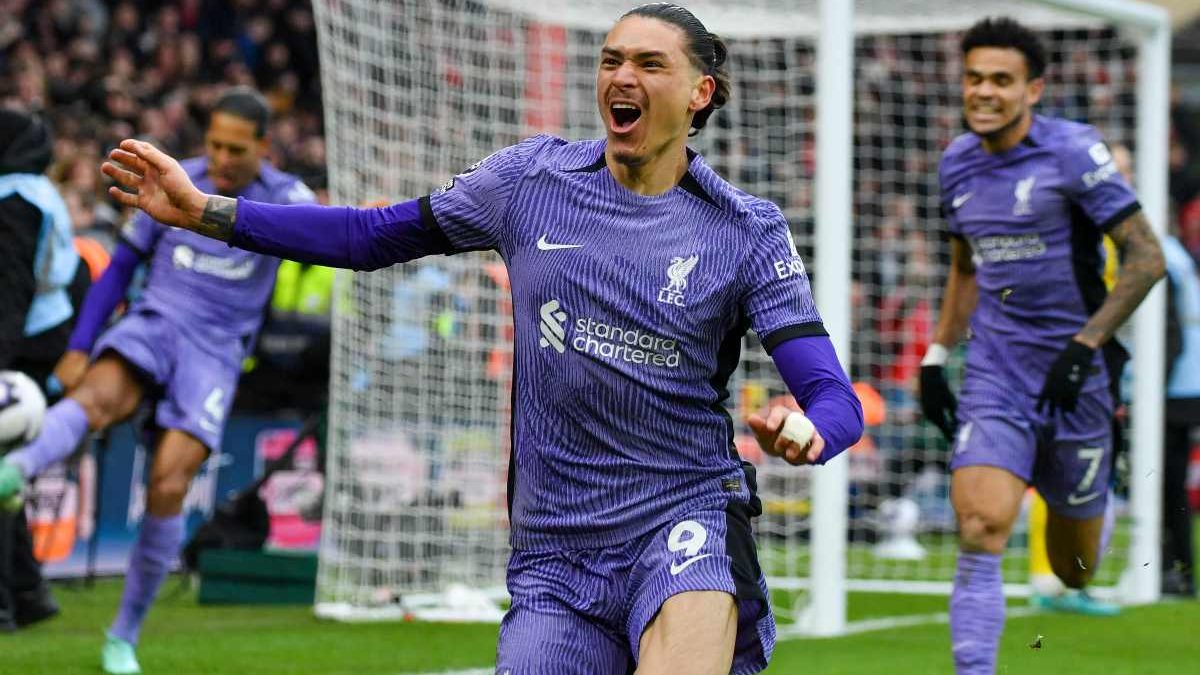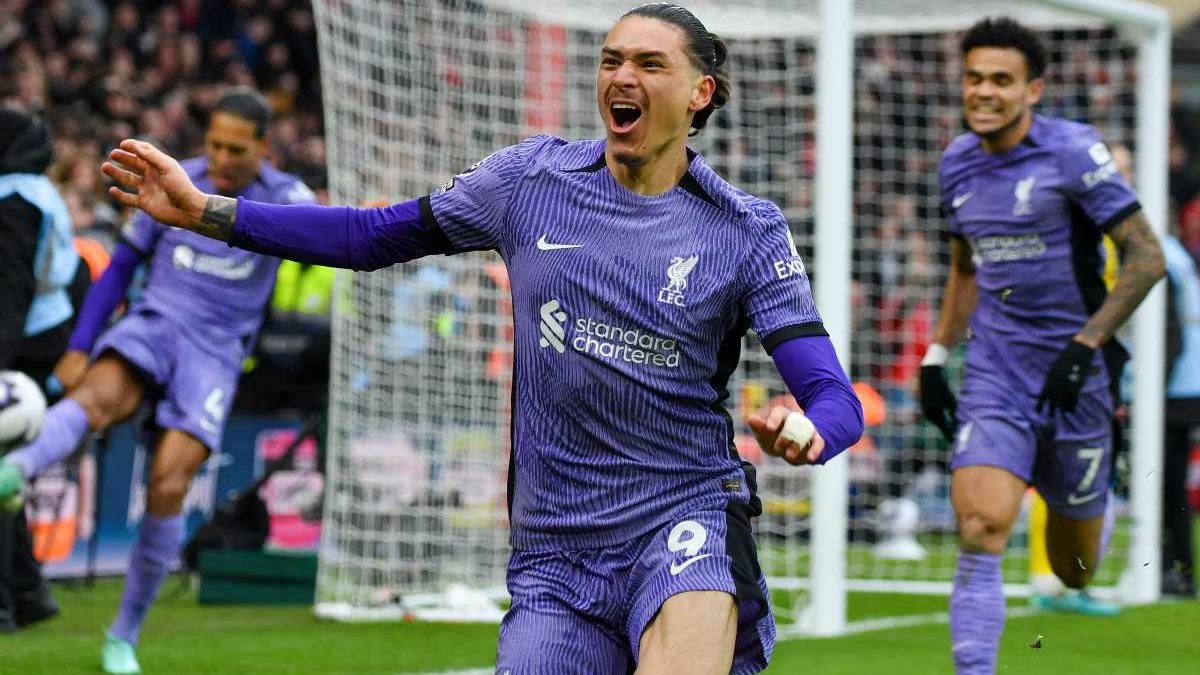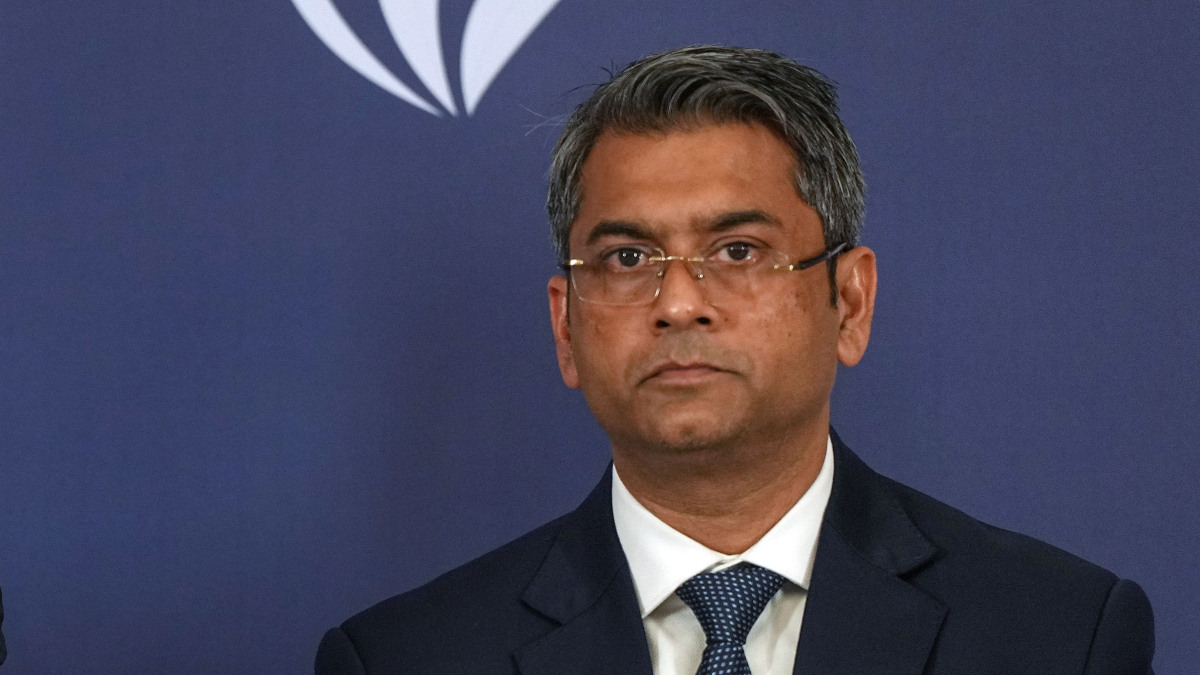Mission accomplished. Just. Not an iota more; not an iota less.
Liverpool football club’s first full season under their German manager Jurgen Klopp saw the team achieve their minimum target of finishing in the Premier League’s top four positions, thus earning qualification for next season’s UEFA Champions League — or rather, as pedants may point out, for the competition’s playoff stages in August.
Seen in isolation, the season may appear to be an underwhelming one. After all, fourth spot in the league and no trophies? Not even a trip to Wembley? A celebratory atmosphere does look a bit over the top.
A season of progress
Set in the right context, though, of Liverpool’s dismal few years of underachievement and you see why this season is being seen as a major step in the right direction.
It is only the second time in eight years that the Merseyside club has qualified for the Champions League — an embarrassing statistic for a club of global stature and rich history. It is no coincidence either that on both the occasions, the club has had no distractions of playing in the European competitions — which points to how far the Reds have fallen in terms of having resources to compete on all fronts.
Liverpool also achieved their third-highest tally of points (76) in the previous 10 years and fourth-highest in the last 15. In the larger scheme of things, it’s a season which showed progress even if it did fall well short of the soaring expectations the side had managed to set early on.
Early-season form: goals at both ends
A rip-roaring beginning to the league campaign installed Klopp’s team as title contenders, against most odds. A thrilling 4-3 triumph at Arsenal on opening Sunday, punctuated by a sensational solo goal by marquee summer arrival Sadio Mane, set the tone for the team’s internal battle throughout the season: a leaky defence versus a sensational attack.
By mid-November, 11 matches in, Liverpool deservedly sat on top of the league standings — a point ahead of eventual champions Chelsea. While Klopp’s men had been the league’s top scorers (30 goals), averaging nearly three goals per game, they had also conceded rather freely. No top-seven team had let in more goals than Liverpool (14); Tottenham (6) had even conceded less than half of that.
A difficult start to the season in theory had been turned into a huge advantage in practice. Away wins at Arsenal, Chelsea and Crystal Palace, along with a draw at Tottenham, meant that the Reds were well placed for a genuine title challenge. Home wins were emphatic: a 4-1 knockout of Leicester City, a 5-1 rout of Hull City and a 6-1 dismantling of Watford. ‘Klopp’s entertainers’. Vulnerable entertainers.
The only black spot? A 0-2 defeat to Burnley at Turf Moor — an early glimpse into Liverpool’s season-long troubles in breaking down less-fancied opposition. It would become Klopp’s biggest headache.
Aside from Mane, a £34 million-signing from Southampton who went on to be crowned the club’s ‘Player of the Season’, the Arsenal game also saw central midfielder Georginio Wijnaldum, signed from relegated Newcastle United for £24 million, and central defender Ragnar Klavan, a rather odd 31-year-old recruit from Germany’s FC Augsburg for £5 million, make their club debuts.
Underwhelming defence
Klavan in defence?
It did not speak highly of Liverpool’s ambitions. Klopp’s preseason fallout with Mamadou Sakho, easily the club’s best defender, resulted in the Frenchman being sidelined and subsequently loaned out whereas another new centre-back Joel Matip, who impressed over the season, initially sat on the bench.
It hardly took a genius to notice Liverpool’s lack of depth in defence, especially in a season laced with defensive vulnerability and basic mistakes. Yet, reinforcements did not arrive. Not even in the January transfer window, much to the chagrin of the supporters. (In fact, Sakho went out of the club in January.)
Instead, musical chairs at the back meant that at various stages of the season, midfielders Lucas Leiva and Emre Can played at centre-back. This was hardly the gold standard for a title-contending team.
Meanwhile, James Milner, central midfielder by trade, was the team’s right-footed first-choice left-back over the course of the season ahead of the erratic and unreliable Alberto Moreno. And the two defensive mainstays weren’t beacons of solidity either: Dejan Lovren suffered several lapses in judgment, while Nathaniel Clyne threatened to be a spectacular right-back but always fell well short.
While Chelsea went on a remarkable 13-match winning streak to race ahead in the league, chinks in the Liverpool armour came to light. A couple of goalless draws, at home to Manchester United and away to Southampton, exposed the lack of a ‘plan B’ along with a heavy dependency on Klopp’s first-choice playing XI and also the absence of a seasoned goalscorer.
On top of this, a stunning collapse at Bournemouth, which saw the Reds concede three times in the last 15 minutes to lose 3-4, displayed the psychological and technical fragility of a team that was far from ready to compete for top spot and was only punching above its weight.
Style of play — the need for space
Klopp’s men flourished against teams which dared to attack them, which in turn left the Reds spaces to attack in. It reflected in some astonishing numbers.
Liverpool did not lose a single game all season against the rest of the top seven — winning seven of them and drawing five. If the English Premier League adopted the Scottish League format, which splits into two halves of six to play two mini-leagues, Liverpool may well have been champions.
The teams beaten? Chelsea, Tottenham, Manchester City, Arsenal (twice) and Everton (twice). Only Manchester United came away with two draws and there’s a reason for it. Unlike other managers, Jose Mourinho has no qualms over playing defensive football when needed. No qualms over squashing his ego — rather, he derives pride from such performances. United had lined up virtually like a bottom-six side at Anfield, if not worse, and consequently played out a remarkably boring 0-0 draw.
Liverpool had become very predictable by midseason. Question marks had been raised over Klopp’s unidimensional approach, similar to those raised during his time with German club Borussia Dortmund.
Teams sat back, parked the proverbial bus and waited for goal-scoring opportunities to come by, which would inevitably arrive due to Reds’ below-par defending. Anfield went from fortress to suffocatress. In February, Wijnaldum’s equaliser and Simon Mignolet’s late penalty save against Chelsea avoided a fourth straight home defeat — which would have been a 94-year low.
Reds’ six defeats in the league? Away to Burnley, Bournemouth, Hull City and Leicester and at home to Swansea City and Crystal Palace. Add to this, the embarrassing FA Cup exit at home to championship club Wolverhampton Wanderers and Klopp knows he has a genuine problem to solve for next season.
Key absentees — injuries and AFCON
Managers frequently moan about injuries even if conventional wisdom suggests that luck balances out across the season. Still, Liverpool were dealt a tough hand in this regard even if poor squad depth made things infinitely worse.
Philippe Coutinho, key playmaker, missed 10 games due to injury from late November to early January — just when Liverpool were at their peak and entering a busy period. Same goes for Adam Lallana, who missed two-week periods in October and November when he was seen as the key to Klopp’s philosophy of relentless pressing.
Mane went away for a month in January to represent Senegal in the African Cup of Nations (AFCON), even though the club should be blamed for not planning around his scheduled absence. In the winger’s time away from Anfield, Liverpool fell apart. A hip injury in early April ended his season prematurely, meaning Mane had missed nearly three months after the turn of the year.
Captain Jordan Henderson missed the last three months of the season too. Daniel Sturridge was injured on five different occasions; his luck with injuries reaching extraordinary depths. Danny Ings was ruled out of the season in early November, while Matip missed nearly a month injured and also couldn’t play briefly due to a tiff with the Cameroon Football Association. Talk about luck?
Heroes and zeroes
Liverpool’s front three shone bright in a season that briefly dazzled to great heights. Forward Roberto Firmino, with 11 goals, linked up magnificently with Mane and Coutinho on either flank, both of whom scored 13 league goals each (Reds’ top scorers). Some of their football was breath-taking.
Firmino may not be a natural centre-forward, a la Sturridge, but his pressing, intelligence and movement add to the fluidity of the side and make up for a severe lack of goals. As per Whoscored.com, Firmino’s assist for a Mane goal was the joint-fifth best scoring combination.
Aside from Lallana, with his mazy dribbles, and Wijnaldum, with his timely forward runs and crucial goals, Can, still only 23, stepped up in Henderson’s absence and drove the team forward. He also scored Liverpool’s goal of the season versus Watford, pipping Mane’s Emirates effort to pole position.
In the latter half of the season, Mignolet showcased the sort of reliability that has been expected of him. But only after he was briefly dropped from the team in favour of new-signing Loris Karius, who made a dreadful start to his Liverpool career making multiple blunders.
Both full backs, Milner and Clyne, were neither really good nor really bad though the former’s crossing was particularly dreadful. Matip showed only glimpses of why Klopp admires him — more is expected of him next season. Lovren appears to be only a big-game player who doesn’t show up in several other matches; his frequent mistakes should be seen as a matter of great concern.
Squad reinforcements and next season
One thing is clear: Liverpool’s current squad would not be able to cope with the demands of European football next season. It is severely short in various positions, both in numbers and in terms of quality.
Both full-back positions lack depth or quality, so does the centre-back positions. Klopp needs a proper defence to win silverware — it’s almost a prerequisite — and that’s where the summer hunt needs to start. A call needs to be taken on Sturridge, a perpetual gamble whose recurring injuries leave Liverpool short on firepower upfront with Divock Origi, the feeblest of giants, looking far from the finished article.
Reliance on old warhorse Lucas is both harmful and surprising. Midfield reinforcements are needed; the ones signed last summer have paid huge dividends.
It’s going to be a different summer at Liverpool, one of optimism which needs to be backed with action to sustain the momentum. Club owners need to be ready to open their wallets to back a manager they’ve signed for the long haul.
Klopp, now on a six-year contract since last summer, is here to stay for long and has achieved his first target. It’s now time to arm him with the resources this summer to kick on after a successful season.
Akarsh Sharma is a sports traveller and writer who contributes to various publications. His work is collated on akarshsharma.com and he occasionally tweets here _._


)




)
)
)
)
)
)
)
)